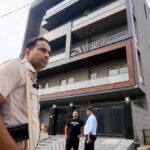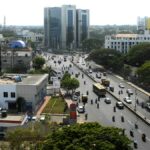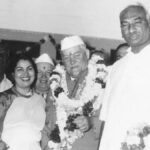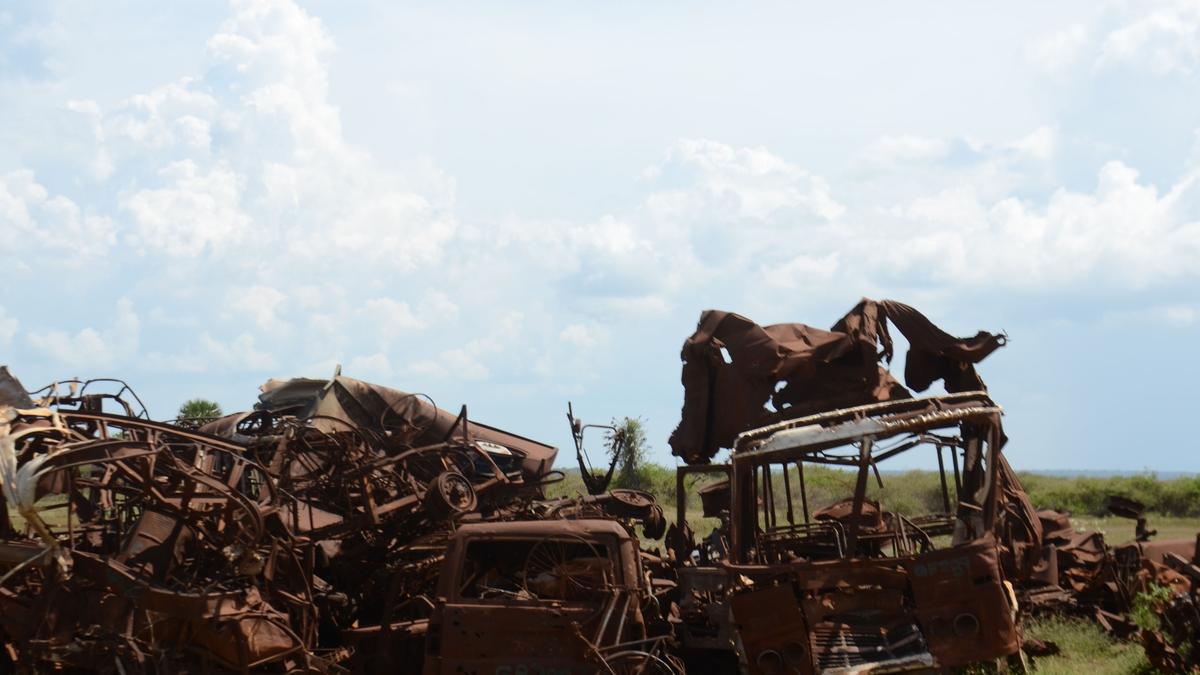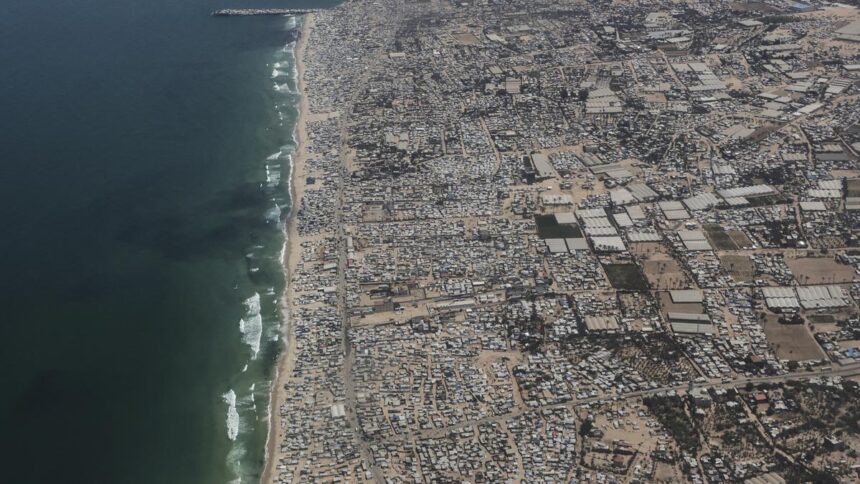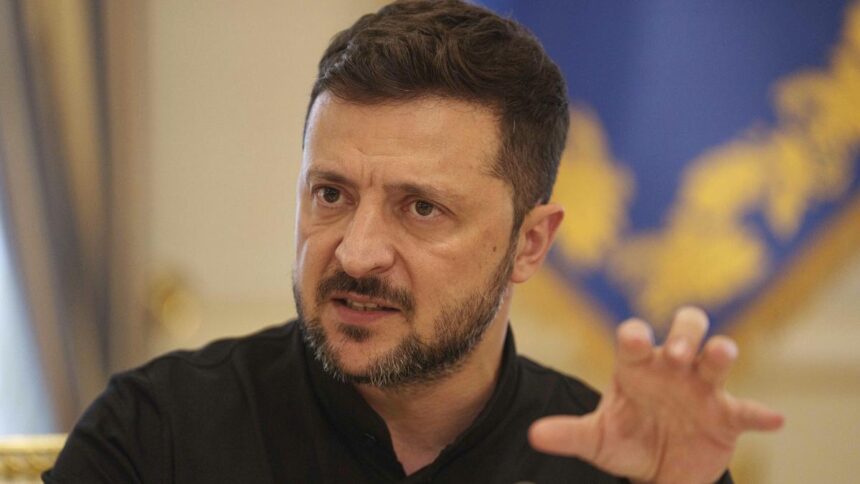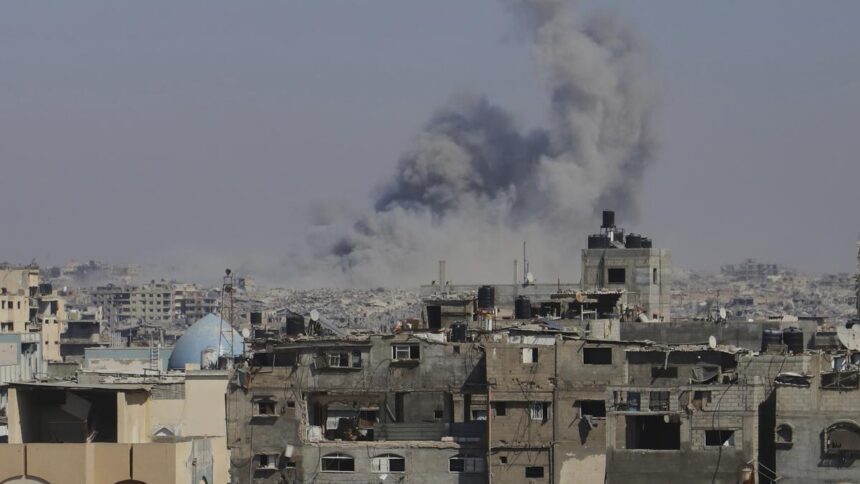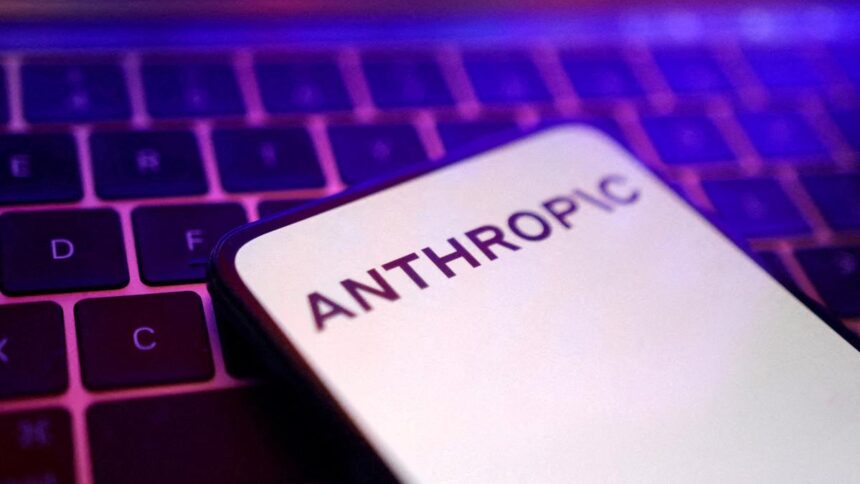
Remains of damaged vehicles in the war seen by the roadside in Mullaitivu district.
| Photo Credit: File Photo
The story so far: On August 18, Sri Lanka’s prominent Tamil party the Ilankai Tamil Arasu Kadchi (ITAK), called a symbolic hartal across the Tamil-majority north and east, to protest militarisation of the former war zone, 16 years after the Sri Lankan armed forces crushed the Liberation Tigers of Tamil Eelam (LTTE). Businesses and commercial establishments across the northern and eastern provinces remained shut for a few hours in the morning — while some remained open owing to political differences with the ITAK — joining the call to demilitarise their districts.
What prompted the hartal call?
The recent killing of 32-year-old Ethirmanasingham Kapilraj of Mullaitivu district, in Sri Lanka’s northern province triggered it. The young Tamil man died in an alleged attack by military men from an army camp located in the district. In a letter to President Anura Kumara Dissanayake on August 10, the ITAK demanded an “unhindered, thorough investigation” into Mr. Kapilraj’s death, and also highlighted the “oppressive conduct and excessive presence of the military” in the north and east after the war ended. The government has promised to hold a thorough investigation and bring the perpetrators to book. The police has arrested three soldiers in connection with the killing.
What is the government’s stand on the military?
For many civic activists in Sri Lanka, the demand for de-militarising the north and east, is also lined to the larger call to downsize the country’s bloated military service. In March this year President Dissanayake, who is also the Minister of Defence, announced plans to downsize the military by 2030. The latest Budget allocated LKR 442 billion, or roughly $1.5 billion, to the Ministry of Defence — significantly more than the amount set aside for education, local commentators observed. In its analysis of the 2024 Budget estimates, Colombo-based think tank Verité Research found that expenditure on just the uniforms and diets in the defence sector was projected to increase by a significant LKR 75 billion (or nearly $250 million), or 258% compared to 2022. “As a percentage of GDP, Sri Lanka spends nearly 2% on military expenses, an extraordinarily high amount for a country that does not face an existential security threat,” retired army officer Major Gen. Dr. Boniface Perera observed in a newspaper column earlier this year.
What is the extent of military presence in the north and east?
While specific data of camps and troops currently stationed are not available in the public domain, the presence of uniformed men is visibly greater in the island nation’s north and east provinces, compared to the rest of the country. The military is also seen running local businesses, including hotels and restaurants, farms and other facilities, competing with the locals who are trying to rebuild their lives and livelihoods that were destroyed in the protracted war.
In Mullaitivu district in particular — the site of the final battle of the civil war in which armed forces are accused of killing tens of thousands of civilians — armed military personnel can be seen manning several traffic junctions and checkpoints, periodically inspecting vehicles passing by. In a 2017 report titled ‘Normalising the Abnormal: The Militarisation of Mullaitivu District’, published eight years after the civil war, non-governmental advocacy organisations Adayaalam Centre for Policy Research (ACPR) and People for Equality and Relief in Lanka (PEARL) found that there were some 60,000 military personnel among just over 1,30,322 civilians in the district.
The military has also been controlling huge amounts of people’s land, including agricultural land and sites of worship, in the post war years, sparking several people’s struggles in the north and east. Military spokesman Brigadier Franklin Joseph told The Hindu that 91% of military-held land have been returned to the people. Military presence has also “significantly reduced” since the war’s end, he said, while declining to share the exact numbers.
President Dissanayake has assured that military-held land in the north and east will be returned to the rightful owners, and that his government was taking steps to expedite the same.
Further, Tamil parliamentarians have in the past accused the military of creating a “drug dependency” among Tamil youth. In a parliamentary address in 2022, Jaffna MP Gajen Ponnambalam spoke of the military’s “involvement” in the drug menace. “They are the biggest peddlers of drugs in the north and east, particularly in Jaffna. By extension the police are also in it,” he said.
What do rights advocates state?
In its latest report on the situation of human rights in Sri Lanka, the Office of the UN High Commissioner for Human Rights notes: “Sixteen years after the end of the war, meaningful and comprehensive security sector reform is yet to take place. Consequently, the surveillance apparatus, especially in the north and east, has remained largely intact, with minimal oversight or direction from the central government.”
It urged the Sri Lankan government to “avoid involvement of military in law enforcement, commercial activities and civil affairs and significantly reduce military presence in the Northern and Eastern Provinces as part of security sector reform”.
Published – August 22, 2025 08:30 am IST




